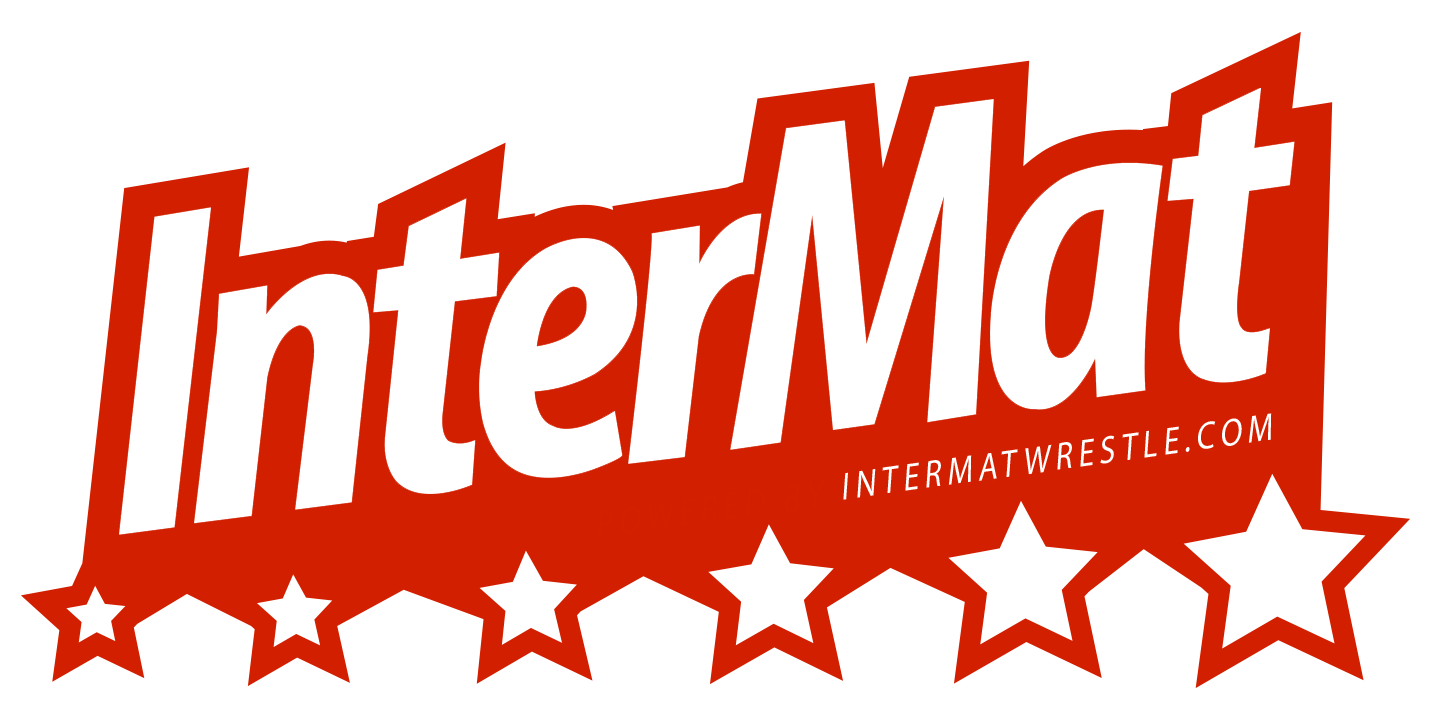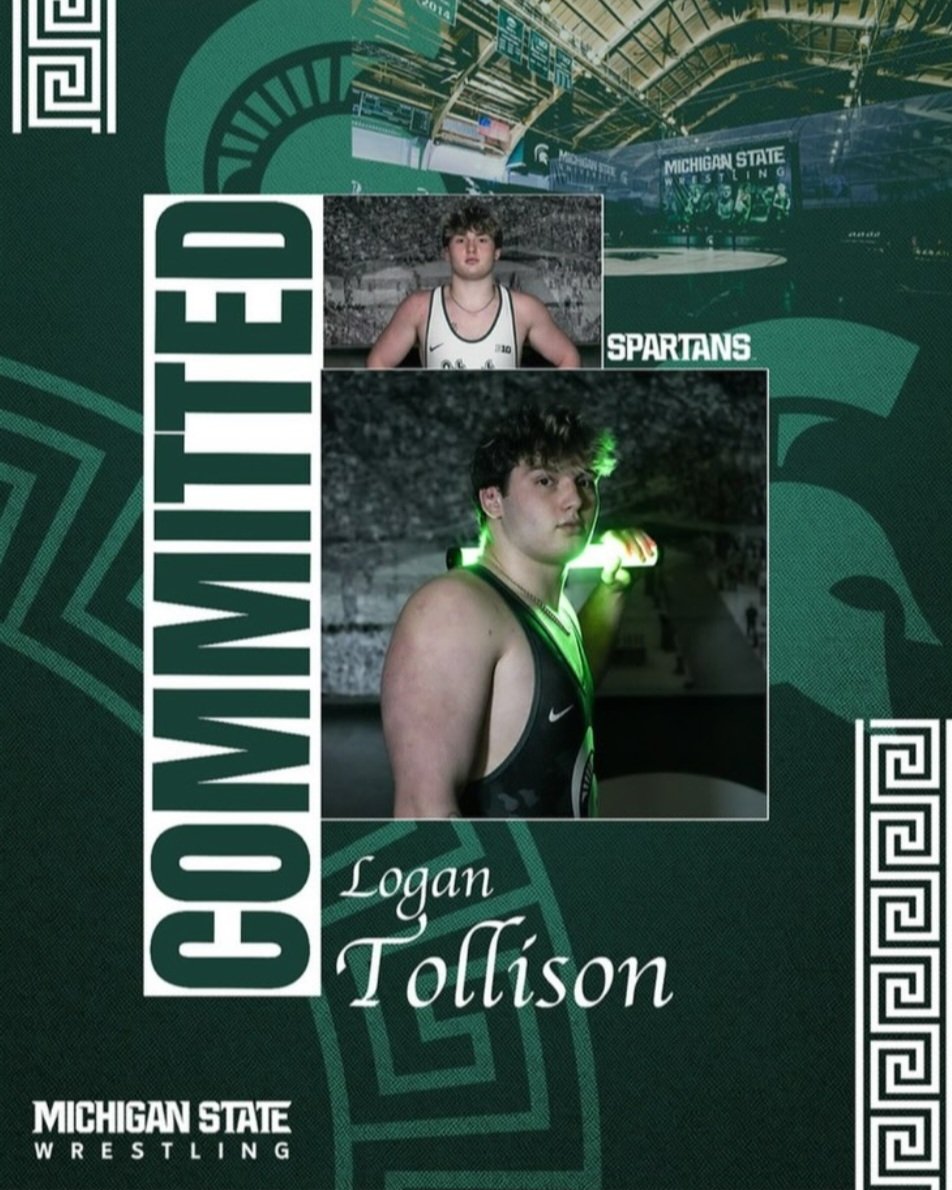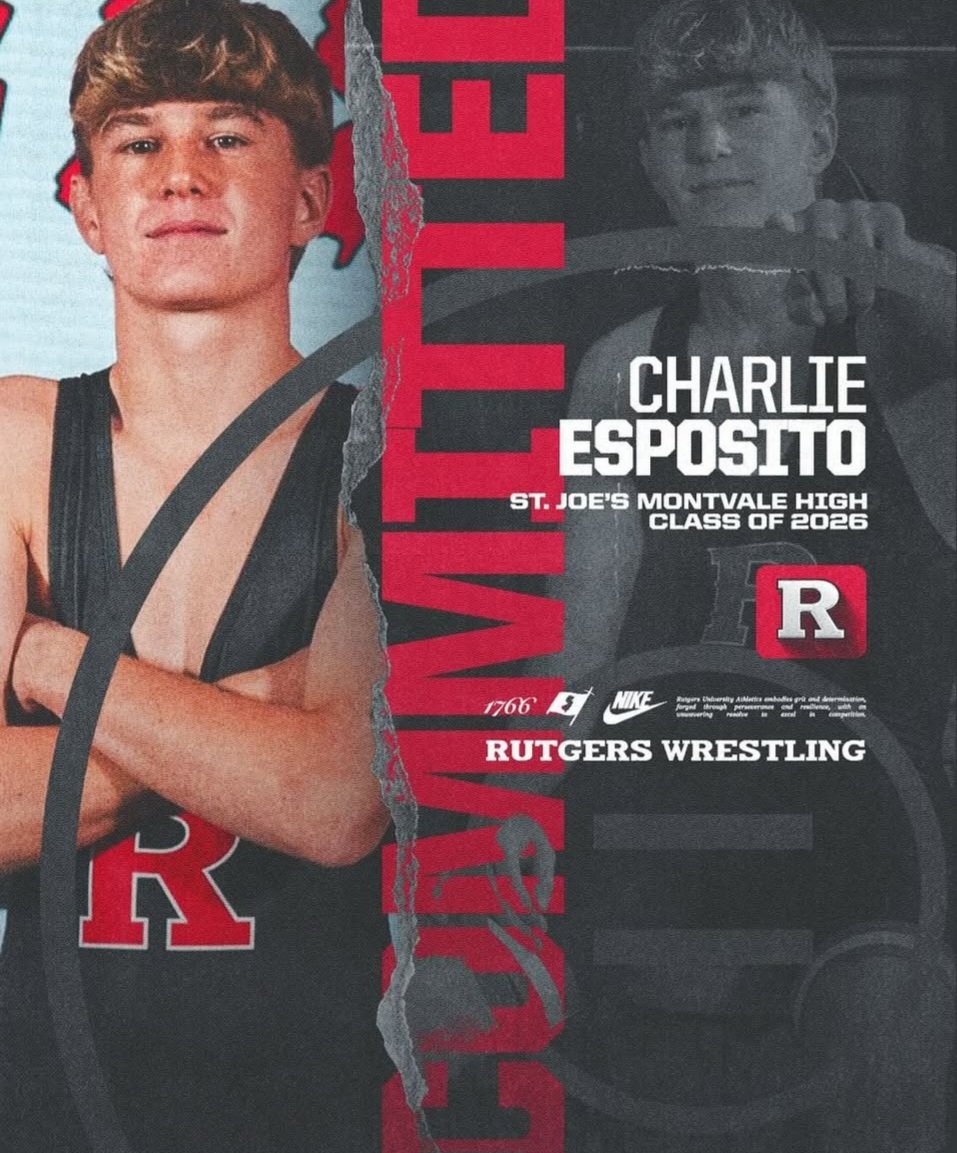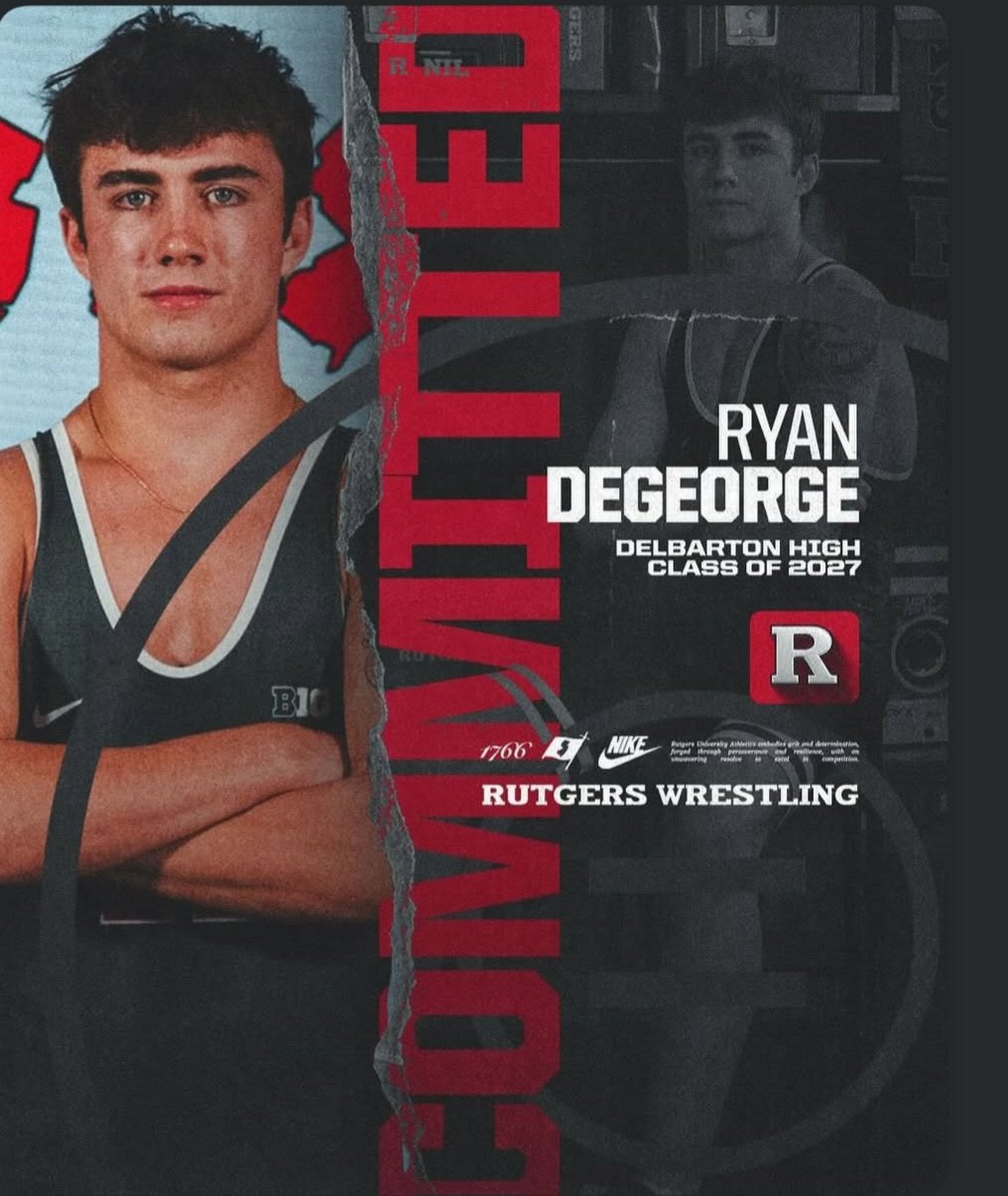turning point
-
Latest Rankings
-
Updated
-
Updated
-
Updated
-
Updated
-
-
College Commitments
Charlie Esposito
St. Joseph's Regional, New Jersey
Class of 2026
Committed to Rutgers
Projected Weight: 125
Ryan DeGeorge
Delbarton, New Jersey
Class of 2027
Committed to Rutgers
Projected Weight: 141
Nick Singer
Faith Christian Academy, Pennsylvania
Class of 2027
Committed to Ohio State
Projected Weight: 184
Lucas Ricketts
Union County, Kentucky
Class of 2026
Committed to North Carolina State
Projected Weight: 197






Recommended Posts
Create an account or sign in to comment
You need to be a member in order to leave a comment
Create an account
Sign up for a new account in our community. It's easy!
Register a new accountSign in
Already have an account? Sign in here.
Sign In Now